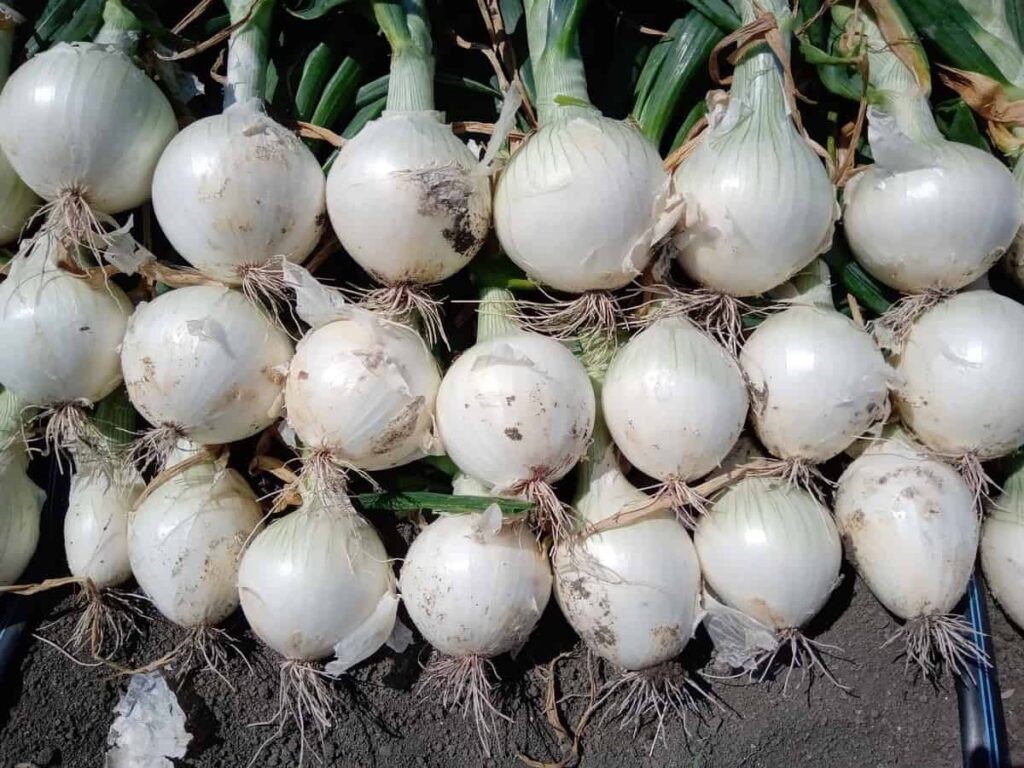Free Courses Sale ends Soon, Get It Now


Free Courses Sale ends Soon, Get It Now



Disclaimer: Copyright infringement not intended.
Context
White Onion

Production of White Onion in India
Diseases Affecting White Onions
Onion Smudge
Onion White Rot
Botrytis Leaf Blight
Onion Downy Mildew
Planting Methods for White Onions
Varieties and Cultivation Timing
Soil pH and Nutrient Supply
|
TYPES OF ONION There are many different types of onions, each with its unique flavor and texture. Here are just some of the most popular varieties:
|
|
PRACTICE QUESTION Q. How many of the following statements about white onion farming in India are correct? 1. India is the largest producer of white onions in the world. 2. Maharashtra accounts for approximately 40% of India's total white onion production. 3. White onions are low in sulphur and high in sugar. Choose the correct code from the options given below. A) Only one B) Only two C) All D) None |
© 2024 iasgyan. All right reserved